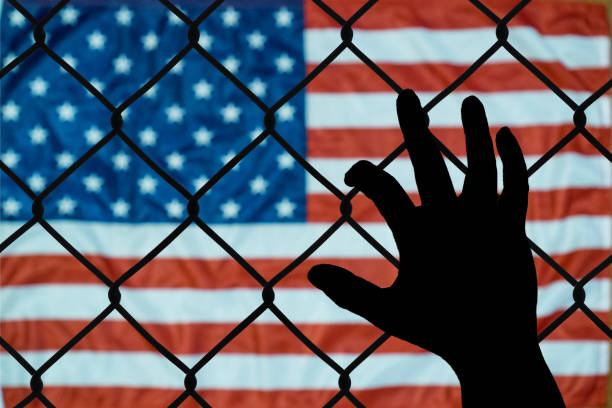In the United States, approximately 15,000 people are fatally shot by guns each year (not including suicides), with tens of thousands more injured. Gun violence directly affects—or ends—a large number of lives, while indirectly affecting countless more.
In 2019, the number of people killed by non-suicidal gun violence in America was at least 15,292. And in 2018 and 2019, mass shootings all over the world prompted cries for gun law reform.
Since the February 2018 Stoneman Douglas High School shooting in Parkland, Florida, many states have embraced red flag laws, which are a relatively new type of legislation that suspend the right to bear arms when there is an extreme, immediate risk of violence.
What is a Red Flag Law?
The law firm Twyford Law Office collected data and created an interactive map based on which states have red flag laws, which are also called extreme risk laws or Extreme Risk Protection Orders (ERPOs). Their data and explanations provide a good introduction to learning about ERPOs.
Essentially, red flag laws provide a legal process for temporarily removing firearms from those deemed at a high risk of hurting themselves or others. These laws are growing in popularity across the country and have substantial bipartisan support.
The biggest question regarding ERPOs is whether they are effective in preventing gun violence, and ultimately, saving lives. While this is difficult to measure since there’s no way of knowing what could have happened, preliminary studies and data suggest these laws are making a positive impact.
Everyday Gun Violence
While mass shootings rightfully gather national media attention and horrify the world, they are relatively rare. In fact, they comprise only 2% of gun deaths. Everyday gun violence is much smaller-scale and more common, disproportionately harming marginalized groups.
The intended purpose of ERPOs is to prevent mass shootings in which the gunman previously displayed obvious warning signs that, with a legal process for doing so, could have led the community and legal system to stop the event from occurring. But since everyday gun violence is so much more common, it stands to reason that ERPOs play a role in preventing all types of gun violence, not just mass shootings.
Suicide
The type of gun violence that ERPOs may be most obviously effective in preventing is suicide.
While this may be surprising, it also makes logical sense: whether a mass shooting or a domestic murder-suicide, many incidents of gun violence end with the shooter taking their own life. And suicides that don’t include physical harm to others are even more common: Nearly two-thirds of all gun deaths in the US are suicides, with 23,000 Americans dying by firearm suicide each year.
A recent study by Duke University School of Law found that for every 10-20 ERPOs filed, at least one life is saved from suicide. Another study that examined Connecticut and Indiana suicide rates for a ten-year period following the passing of extreme risk laws found reductions by 13.7% and 7.5%, respectively.
Domestic Violence
In wealthy, industrialized countries, women are not hurt or killed by guns very often–except in the United States. During the COVID-19 stay-at-home orders, domestic violence has been on the rise, as has awareness of the issue. Could the combination of red flag laws’ popularity and awareness of the prevalence of domestic violence lead to a safer world for women?
In many states, close family members can file ERPOs to petition for gun removal from a loved one. In these situations, the possibility of filing an ERPO could be the difference between life and death for themselves and other family members.
Mass Shootings
No one knows with certainty how many mass shootings have been prevented by red flag laws. A 2019 peer-reviewed study found that from 2016-2018, California’s red flag law was successfully invoked 21 times in situations where a person was at high risk of becoming a mass shooter and subsequently had their guns removed. In all of these instances, the person who had made threats of mass violence did not fulfill their initial threats after being disarmed.
Florida’s post-Parkland ERPO that was passed in 2018 has been invoked several times in cases of potential school violence. In one case, a student had been stalking an ex-girlfriend and threatening to kill himself; in another, a student had said that killing multiple people would be “addicting.”
While these laws are still new and unknowns exist, the emerging research suggests that red flag laws do in fact save lives. At the same time, they are increasing in popularity among American voters, a trend that, if it continues, could eventually lead to the passing of a national extreme risk law, or to Congress providing federal support for the passing of additional state-level ERPOs.





No Comment